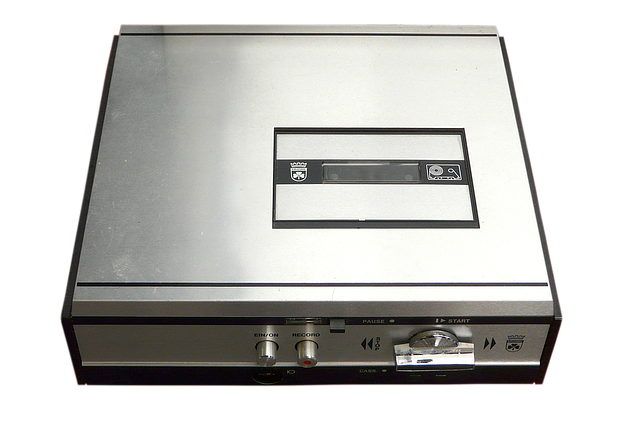What happened 1963?
Outstanding events in 1963 are in particular the assassination of US President John F. Kennedy in November, as well as his famous visit to West Berlin a few months earlier (Ich bin ein Berliner speech). In the USA, the civil rights movement under Martin Luther King gains importance with its demand for equal rights for African Americans. In October of that year Konrad Adenauer says goodbye after 14 years as German Chancellor and hands over to Ludwig Erhard.
A little more on the technical side were inventions like the digital camera and the cassette recorder.
The digital camera is not a recent invention, but dates back to 1963. At that time, the American David Paul Gregg developed a “video disc camera”. It had a storage medium called a “video disk”, but could only preserve images for a limited time. Photosensitive chips (CCD) were finally introduced in 1969 by Willard Boyle and George Smith and enabled significantly improved recording and storage.

Cassette recorder from 1963
The cassette recorder is actually a miniature tape recorder. The Dutch company Phillips launched this innovation in 1963. What was special at the time was that the so-called “pocket recorder” was not only used for playing back, but also for recording sounds. Many technical details, such as the recording lock during playback, were already implemented in the first devices. In the 1970s, the triumph of the cassette recorder and the “compact cassette” began among many (especially young) music lovers. In particular, inexpensive radio broadcast recording became extremely popular. In today’s age of digital technology, the audio cassette has only a niche existence.
And finally, also laser-OES was invented!
“Shortly after the ruby laser was invented in 1960, the laser-induced plasma was observed. … In 1963, Debras-Guédon and Liodec published the first analytical use for spectrochemical analysis of surfaces. … Runge et al. (1964) discussed the use of a pulsed Q-switched ruby laser for direct spark excitation of metals. Linear calibration curves were obtained for nickel and chromium in iron, with precisions of 5.3% and 3.8%, respectively.”
(from: “Handbook of Laser-Induced Breakdown Spectroscopy” by David A. Cremers and Leon J. Radziemski, 2nd edition, (c) 2013, UK).
Today, the descendants of both technologies – CMOS and laser – are united in the modern analytical instruments of QuantoLux!
Follow us on LinkedIn or get in touch directly to learn more.


